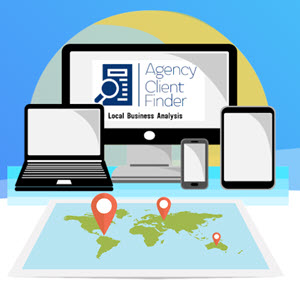Personal Selling on the Internet
The Internet has been both a benefit and a detriment to many of those involved in personal selling—particularly those in the business-to-business market. For some, the Internet has been a threat that might take away job opportunities. Companies have found that they can remain effective—even increase effectiveness—by building a strong Web presence. The high-cost and poor-reach disadvantages of personal selling are allowing these companies to reduce new hires and even cut back on their existing sales forces.
On the positive side, websites have been used quite effectively to enhance and support the selling effort. As noted earlier, the Web has become a primary source of information for millions of customers in the consumer and business-to-business markets. Visitors to websites can gain volumes of information about a company's products and services. In return, the visitors become a valuable resource for leads that both internal and external salespersons can follow up, and they become part of a prospect database. Not only can potential customers learn about the company's offerings, but the selling organization can serve and qualify prospects more cost-effectively.
The Web can also be used to stimulate trial. For many companies, personal salespersons can reach only a fraction of the potential customer base. Through trial demonstrations and/or samples offered online, customers can determine if the offering satisfies their needs and if so request a personal sales call. In such cases both parties benefit from time and cost savings.
Some companies have used the Internet to improve their one-on-one relationships with customers. By providing more information in a more timely and efficient manner, a company enables customers to learn more about what it has to offer. This increases the opportunity for cross-selling and customer retention. For example, Neoforma.com links hospitals and medical supply vendors with listings of 300,000 medical products, with pages describing separate product categories.14 For those interested in medical products, the site has become a one-stop shopping center (Exhibit 15-11). In addition, by providing a website, companies can improve their response times to inquiries as well as complaints, thereby improving customer service.
In a well-designed IMC program, the Internet and personal selling are designed to be complementary tools—working together to increase sales. It appears that more and more companies are coming to this realization.
Continue reading here: Direct Marketing on the Internet
Was this article helpful?
Readers' Questions
-
Mulu8 months ago
- Reply
-
Carter Robertson10 months ago
- Reply
-
belladonna10 months ago
- Reply
-
katariina1 year ago
- Reply
